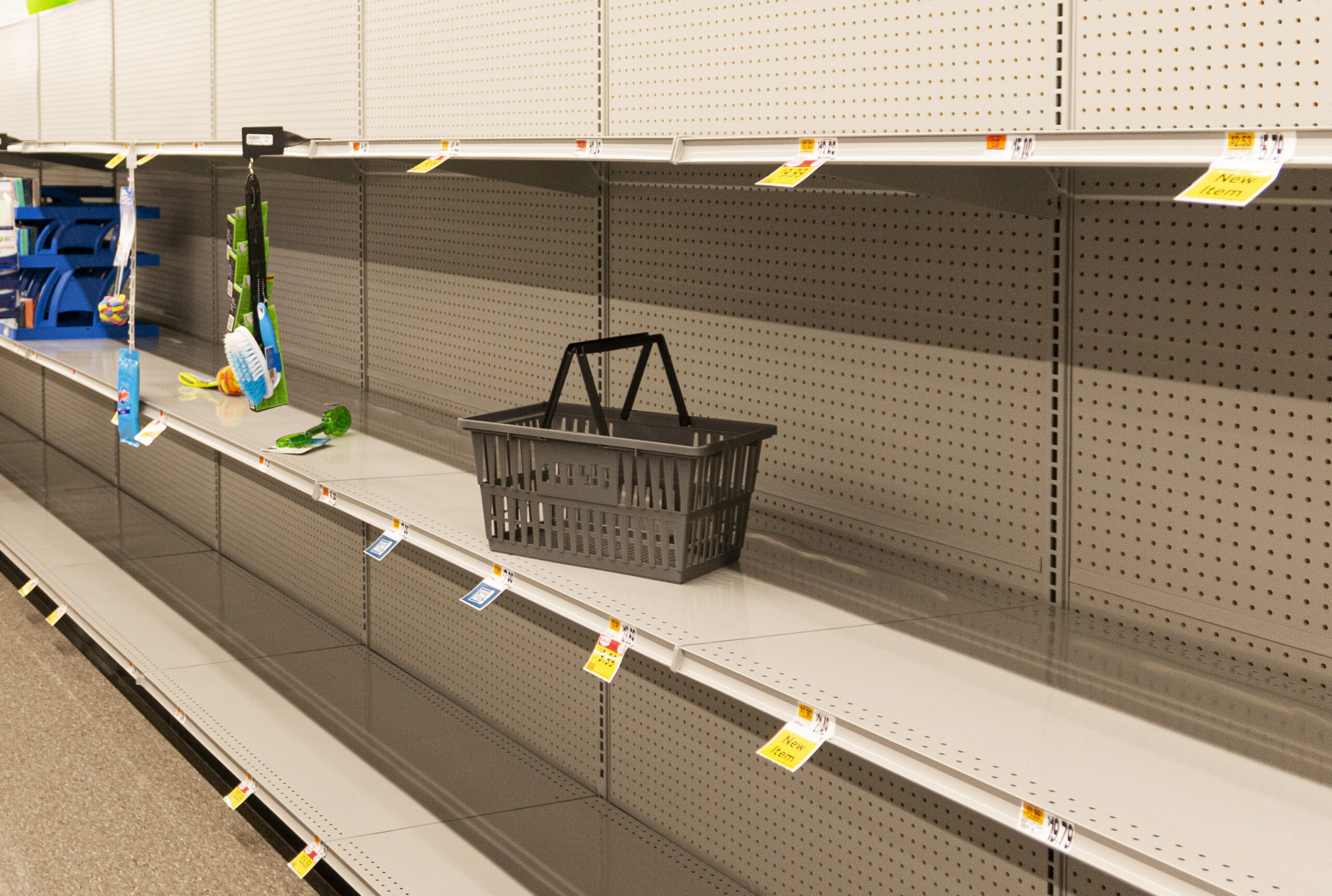It might be time to rethink who “the enemy” is for the independent retailer. We’ve long positioned ourselves as the David trying to fight an uphill battle against those lower-price touting, ginormous marketing budget flouting Goliaths of the Big Box industry.
While Big Box continues to be a thorn in the side of independent retailers, we’ve seen this segment regularly stand up to and beat back their repeated attempts to deliver that “knockout blow” to the local business community. And that’s not to say you should altogether forget about competing with Big Box. Rather, we should rethink the type of threat that the category actually poses to the business you’re trying to conduct.
Case in point: Look at the recent experience one person shared in their effort to frequent a certain Big Box consumer electronics retailer, in search of a simple pair of headphones…
That, folks, is your “competition.” A corporate entity that’s deciding to invest in ways to protect its own assets rather than on improving the in-store experience. I’d take the independent retail experience over whatever you’d call that every single day of the week. And I think consumers would to. Your employees are kinder, smarter and better trained. Your stores are more well put together. And the in-store experience as a whole is just more enlightening, engaging and impactful than that of a Big Box store.
But here’s the thing. That one line towards the end of Mr. Gillen’s post holds the details of what you’re really and truly competing with: the convenience of ordering online.
Experiences like the one above aren’t uncommon, and they teach us a few things:
-
- Consumers crave in-person interactions. Gillen made the conscious decision to go shop in-person for his new headphones, and even in the midst of the poor in-store experience, he sought out a Blue Shirt for help. Consumers want to engage with other human beings, it’s our nature. Data from PwCsupports that idea, showing that 82 percent of U.S. consumers want more human interaction, with another 59 percent saying they feel companies have lost touch with the human element of the customer experience.
- A bad experience is a death sentence. From the looks of it, I think it’s safe to say Gillen will never again step foot in Best Buy – or at least that particular. He almost resigns himself to the assumed belief that he ought to just order online from now on because that’s the experience he’ll now expect to have if he were to visit an electronics store. Again, PwC data supports this, showing that 59 percent of U.S. customers will walk away from a brand they love after several bad experiences, while 17 percent will do so after just one off-putting experience.
Big Box may no longer be your direct enemy today. But the awful experiences they tend to provide are pushing consumers away from wanting to shop in-store.
So, call them on it. Tell your customers how much better it is to come to you as the resident expert in the categories you sell. Detail the journey they’ll go on once they walk through your doors; how they’ll have you as a partner throughout the experience, even beyond the sale. Craft that compelling story and read it to them. Don’t let them make up their minds about what shopping in person is like today based on one awful experience shopping with the wrong retailer.




